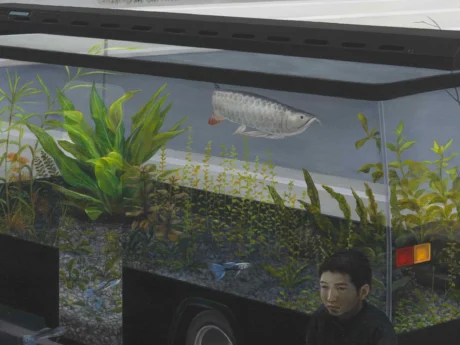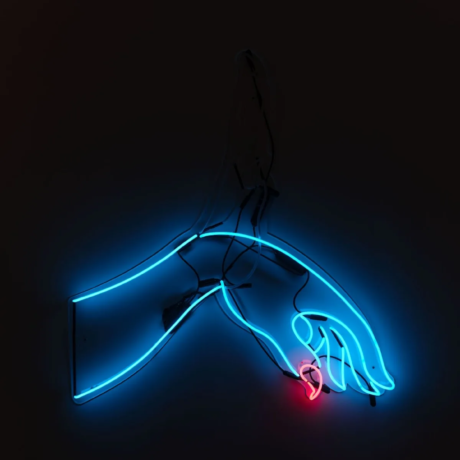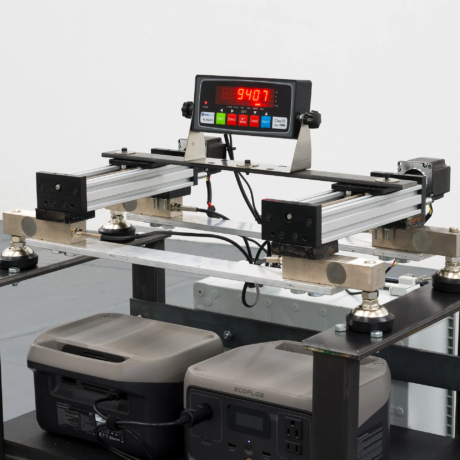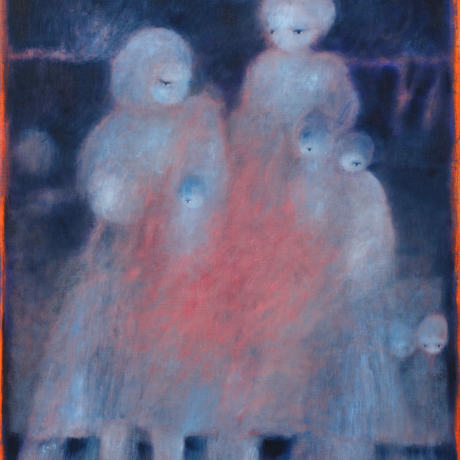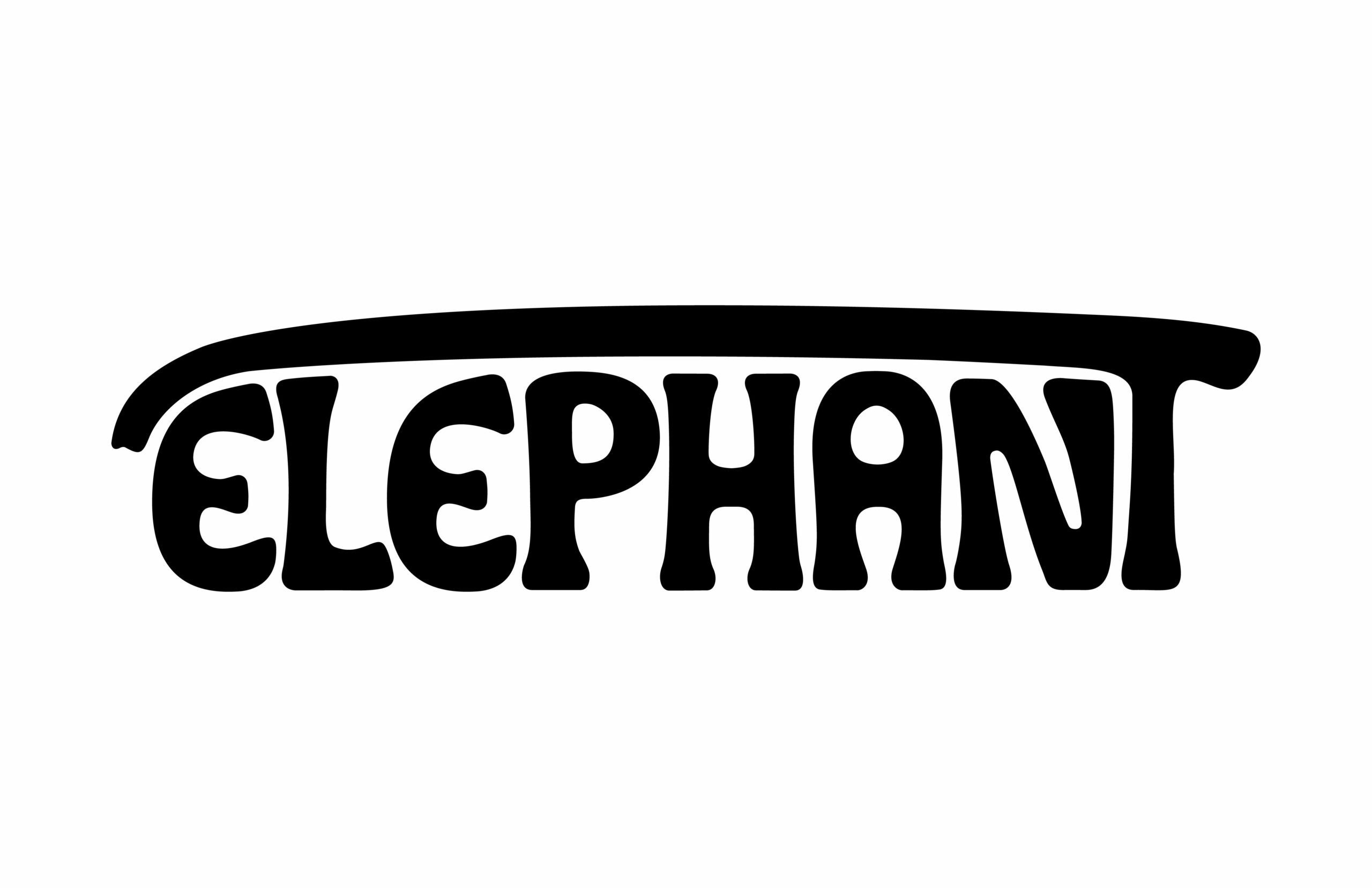Reframe is a monthly column in which contributor Sam Falb discusses timely openings to view in New York. Each edition offers commentary on the latest exhibitions, performances, and installations. Dynamic and ever-evolving, the content reflects the fluidity of the market it travels through.

As summer approaches (quicker every day) and the city’s galleries begin their seasonal exhale, June offers a flurry of must-see exhibitions before the slowdown commences in full. This month’s column surveys a series of shows where queerness—politically, historically, erotically—threads through the work with quiet force or radical clarity, as well as one special mention for a show that opened a bit further ago than our normal month-to-month programming, but with just as much gusto as usually warranted for an inclusion. Across mediums and generations, these exhibitions map intimacy, resistance, and ritual in forms both fugitive and full-throated (we said it!). With hallmark names like Glenn Ligon and Rashid Johnson anchoring the calendar, alongside intimate group shows and live performances from emerging talent worth noticing, acquiring, and supporting long after their exhibitions end, the season crescendos, then takes a breath. Before the wheels are up, the bags are packed, and we trade desk chairs for wicker cafe stools in an exotic locale, here’s what to see – and feel – while it’s all still in motion.

David Kordansky: I’m New Here (June 26 – August 8)
Clifford Owens says he’s new here, but he’s not (sorry, we had to). For the last thirty years, he’s been reformatting what performance art can be, what it can mean, and who gets to do it. I’m New Here, his latest exhibition at David Kordansky’s New York space, doesn’t just look back across his practice; it looks around, inside, and in front. There are drawings and photos, sure, but also sweat, ritual, choreography, and community. And four live performances, staggered across the summer, each one set to twist the gallery into a charged site of reception. Owens is a shape-shifter. He takes the DNA of Black performance art seriously, exercising a masterful discipline of grace, poise, and careful education.. In the Scrub and Pocket Paper series on view, for example, he uses bleach and ink to inscribe labor directly onto paper, his gestures echoing those he performed scrubbing the marble steps of Baltimore row houses as a teenager. These are anthropological traces of a history that communicates legacy and learnings, ending with brush and pigment, but beginning back in his youth with elbow, cloth, and weight, suggesting that mark-making begins in the body, long before it enters the canvas or the institution. These gestures, whether captured in photographs or performed live, feel like dispatches from a practice where making is always relational. You don’t just view the work; you bear witness to its historical unfolding.
apexart: Cruising in the Shadows (June 6 – July 26)
At apexart, cruising becomes a lens for resistance, intimacy, and survival. Cruising in the Shadows, curated by Matthew Terrell, excavates the hidden infrastructures of queer public life in New York City through photographs, archival ephemera, and memorial objects. Anchored by never-before-seen images from Arthur Tress, whose 1960s and ’70s portraits of men cruising once read as too explicit for public display, the show restores a visual record long relegated to the margins. Interwoven throughout are coded maps, illustrations, and underground networks: Robert Sherer’s “colorful, cheerful” drawings that situate queer desire as a natural chapter in the mid-century American story, selections from Bob Damron’s cruising address books (a vital series of guides which were depended upon during an era of criminalization), and documentation from Forest Hills Park, where an anti-queer mob felled trees to obstruct cruising paths in the days before Stonewall. A panel from the AIDS Memorial Quilt, commemorating patrons of The Saint, gestures to the pleasure, vulnerability, and ritual that converged in these fugitive spaces. Together, the works reclaim public intimacy as both risk and rite, a quiet lineage of queer connection traced in an array of important historical documentation.

Brant Foundation: Glenn Ligon (May 21 – July 19)
In Glenn Ligon’s world, language is always breaking apart—looping, smearing, fraying at the edge. That world arrives at The Brant Foundation’s East Village outpost this month in an expansive exhibition that spans paintings, neon, and video works by the artist, who has spent decades tugging at the seams of American identity through text. There’s a rare pleasure in seeing Come Out #4 and Untitled (Bruise/Blues) (both 2014) side by side, their origins tracing back to the recorded voice of Daniel Hamm—one of six Black teenagers wrongfully arrested after the Harlem riots in 1964. The phrases that animate these works are familiar: the same “come out to show them” loop that composer Steve Reich used in his 1966 sound piece Come Out. But where Reich leaned into audio repetition, Ligon renders it visual. Rückenfigur glows cool white: the word “AMERICA” in block neon, reversed and turned to face the wall. It’s still lit, technically visible, but it isn’t for the viewer. Like so much of Ligon’s work, it forces the viewer into a position of estrangement. You don’t get to stand in front of the image and feel that it’s for you. That’s the point. The Brant Foundation has brought together a focused selection that quietly rattles. Ligon doesn’t give answers, but he makes the questions unignorable: What are we looking at when we look at America? And who gets to look back?

GRIMM Gallery: Still Moving (May 9 – June 21)
At GRIMM’s White Street outpost, Louise Giovanelli isn’t offering answers, just frames. Still Moving, her fifth solo exhibition with the gallery, operates like a breath caught mid-inhale. The show builds itself in layers: first as a suite of new paintings, and then as a collaboration with Metrograph, the downtown theater where Giovanelli has programmed five films—including Kids, Gummo, Ticket of No Return, and Buffalo ‘66—to run alongside the work. Like her paintings, the films are elliptical, charged, and precise in their atmospheres. Giovanelli works with restraint, but not quite minimalism. Her canvases read as moments just before or just after impact—curtains drawn but not parted, faces rendered without psychology, textures speaking louder than gestures. She mines film stills, sculpture, and detail to conjure images that hum with suspended energy, inviting the eye to linger, to loop back, to notice shifts across repetitions: a curtain folds slightly differently, a figure blurs just enough to destabilize the scene. The work pulses with vibrancy beneath its surface, a controlled bleed of underpainting (base layer) that anchors the composition in both the present and something mythic. What does it mean to slow time through oil and linen when the source material is already a frame from a paused movie? In Giovanelli’s world, movement is quiet, interior, and built up through repetition. A chorus of almosts. Something flickers just outside the frame, but it’s more than enough.

Bureau of General Services – Queer Division: My Romantic Ideal (May 1 – August 31)
At a time when queer expression is increasingly under siege (from statehouses, pulpits, and corporate boardrooms) My Romantic Ideal asserts desire as both a form of resistance and a deeply personal terrain. The show brings together a masterclass of 28 photographers (Luke Abby, Tom Bianchi, Stanley Stellar, and Paul Mpagi Sepuya come to mind as particular highlights) whose works examine the collision of fantasy and flesh, protest and pleasure, heartbreak and heat. The title nods to the distance between dominant ideas of romance, those shaped by heteronormative, patriarchal standards, and the intimate and liberatory expressions queer people carve out in their place. These artists “are not simply documenting a queer reality, they are creating new paradigms of romanticism, fueled by their journeys and passions,” writes the curator. Across generations and geographies, the images form what they refer to as “a vibrant intergenerational dialogue about the politics of love, the performance of romance, and the transformative power of queer eroticism.” Spanning diaristic snapshots, staged tableaux, and dreamlike portraiture, the show asks: What does it mean to want, and to be wanted, in a world that can be ambivalent toward queer tenderness? In its most electric moments (of which there are many), the show suggests that queer romance is a conduit for understanding the humanity of the community, and the common pursuit of love, touch, and companionship that anyone can relate to in-kind.

Special Mention: Rashid Johnson at The Guggenheim (April 18, 2025 – January 18, 2026)
Rashid Johnson takes over the Guggenheim’s rotunda with a sprawling mid-career survey that reads as both personal reckoning and public offering. A Poem for Deep Thinkers—titled after a work by Amiri Baraka—spans three decades of Johnson’s genre-shifting practice, from early self-portraits and photography to black soap sculptures, text-based installations, anxious mosaics, and performance-ready structures that fold community into the work itself. “Medium specificity has never been the goal,” Johnson says. “It’s about how the project can move freely between different forms, creating space for a broader conversation.” That sense of movement is literal here: over 90 works animate the museum’s ramps and floor, while a performance series—programmed Fridays through Mondays—activates the space across music, spoken word, and social practice. At the show’s entrance, Black Steel in the Hour of Chaos (2008) greets viewers outside the building—a steel sculpture inspired by Public Enemy and Jasper Johns. Inside, Untitled (2025), a new mosaic embedded into the rotunda floor, leads to Rotunda Stage, a central performance platform that anchors much of the programming. Higher up, pieces like Self-Portrait Laying on Jack Johnson’s Grave (2006) and the Cosmic Slop series (2008–) connect Johnson’s biography and material language to Black cultural histories, from boxing to abstraction to ritual care. By the top ramp, the towering steel grid of Sanguine hosts books, plants, and a grand piano that comes alive every Friday and Sunday. The exhibition’s emotional temperature oscillates: rage, grief, care, and self-preservation co-exist within what Johnson calls “the fluidity between mediums.” It’s this unboundedness—between figuration and abstraction, solitude and collectivity—that gives the show its charge. “This exhibition continues the conversation I’ve always been invested in: one that allows for freedom of expression and an awareness of artistic possibilities.”
Industry Recommendation: Henri Neuendorf, Art Dealer
Hauser & Wirth: Eternal Beginnings (May 1 – August 1)
In February I came across images of a Francis Picabia exhibition at Hauser & Wirth in Paris that blew my mind. It featured more than 40 paintings from the artist’s late period after the second world war, spanning from his return to Paris in 1945 until his death in 1953. These are my absolute favorite Picabia paintings even though they are still relatively under-appreciated compared to his more famous nudes, transparencies and dada works. The late paintings are abstract, and really hone in on surface, texture, and composition. In these paintings Picabia demonstrates his relentless curiosity and incredible talent for reinvention. He developed a totally new visual language from scratch, different from anything he had done previously. He just smashes any genre he sets his sights on, and this proves it. As I browsed the images I literally opened a new tab on my laptop to look at flights to Paris. Luckily for me, I learned that the show was scheduled to travel to New York, where it opened at Hauser & Wirth’s 22nd Street gallery on May 1. Although the New York show is roughly half the size of the Paris iteration, with more than 20 paintings, it still features some of the very best examples of the artist’s late works. It’s not to be missed.
Industry Recommendation: Jean-Pierre Villafañe, Artist
Michael Werner: Scarecrow (May 8 – July 3)
There’s a rare tenderness in how Sanya Kantarovsky paints, one that invites you in even as it lingers on the edges of discomfort. In Scarecrow, now on view across both of Michael Werner’s New York spaces, the Russian-born painter presents a luminous suite of images, grounded by a central ceramic vessel (a collaboration with Aleah Taylor) that blends theatricality, introspection, and sly wit. A bed with two bodies, a donkey’s head gazing from the sidelines, a Pierrot suspended mid-performance—these are moments that resist easy resolution, yet feel charged with emotional clarity. Kantarovsky paints like someone who understands the language of vulnerability—the way a figure turns away, or a dog leans into stillness, not out of resignation, but attentiveness. The brush doesn’t impose, it listens. And what it gathers is rich and complex: shame, desire, tenderness, the exquisite ache of being seen. The scarecrow, never shown but always hovering, becomes a stand-in for what painting can’t quite shield: the thrill and risk of exposure. Scarecrow is a quietly dazzling show, full of emotional precision and painterly surprise, one well worth stepping into.
Written by Sam Falb
